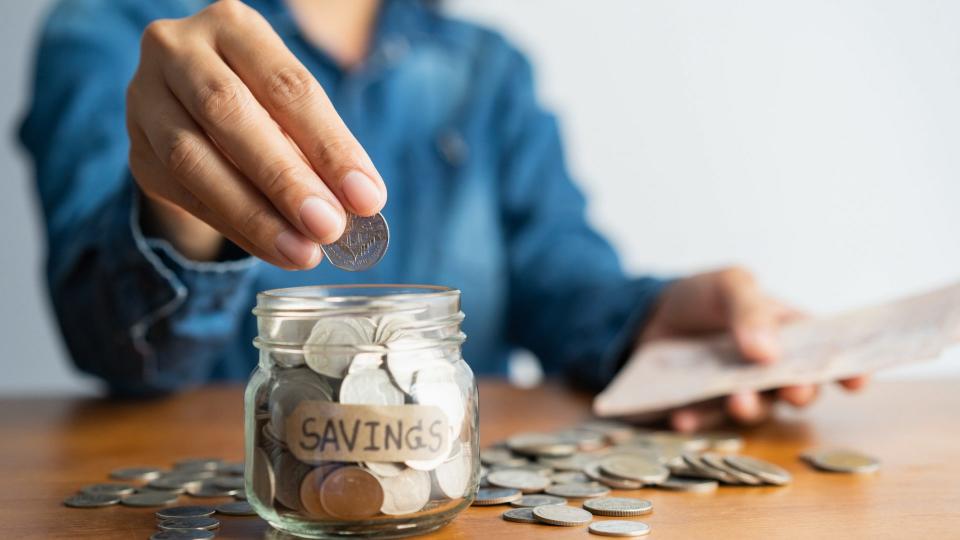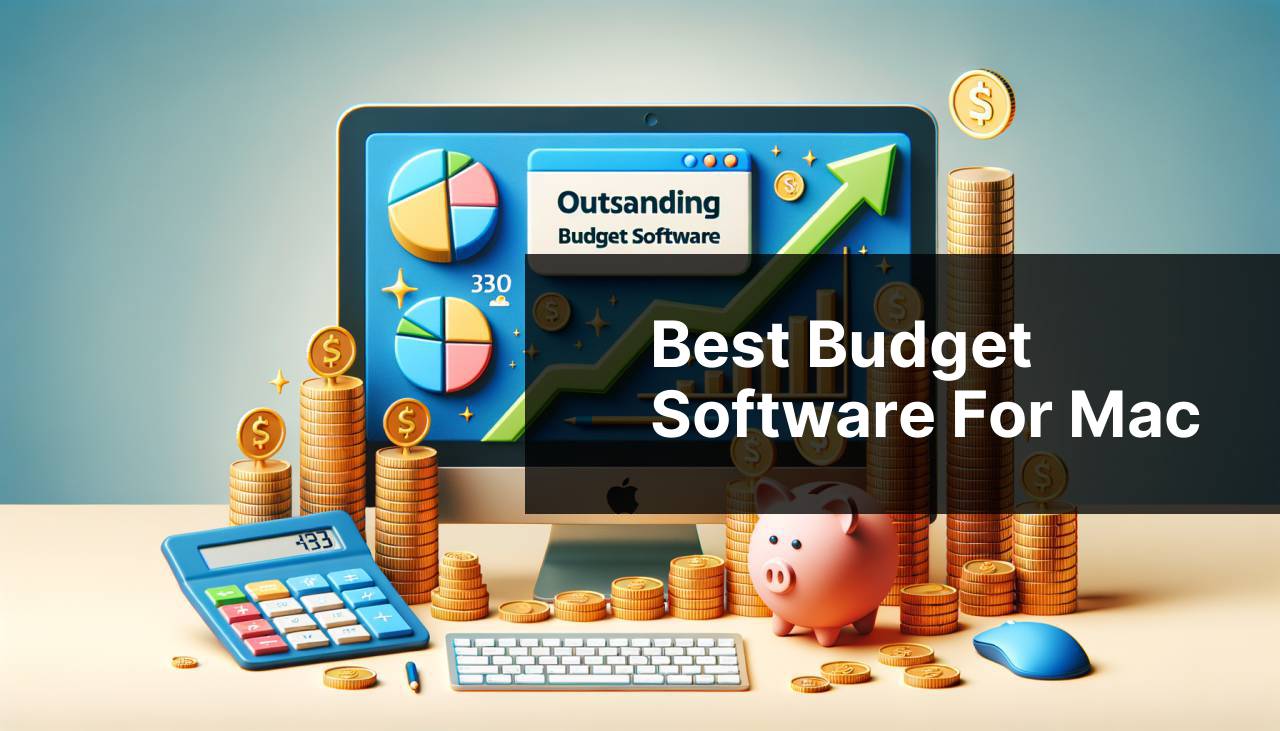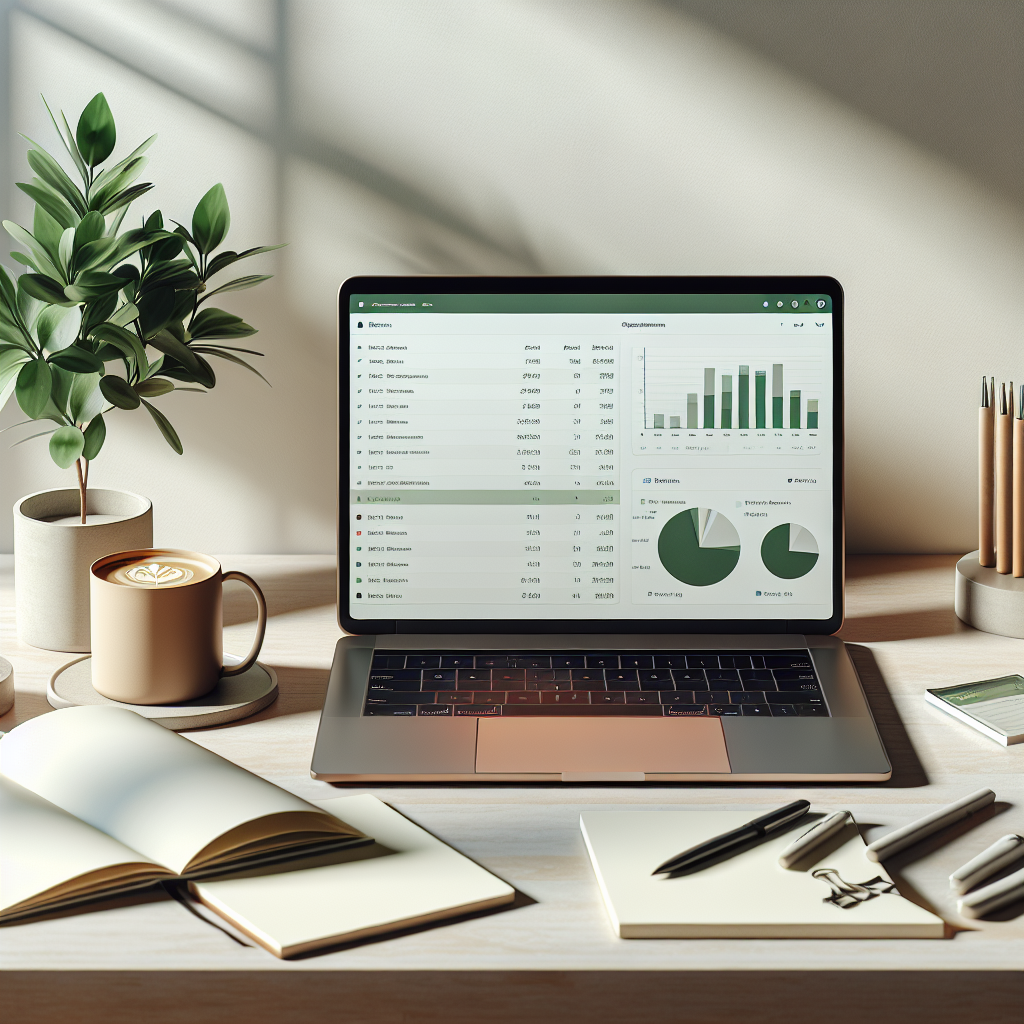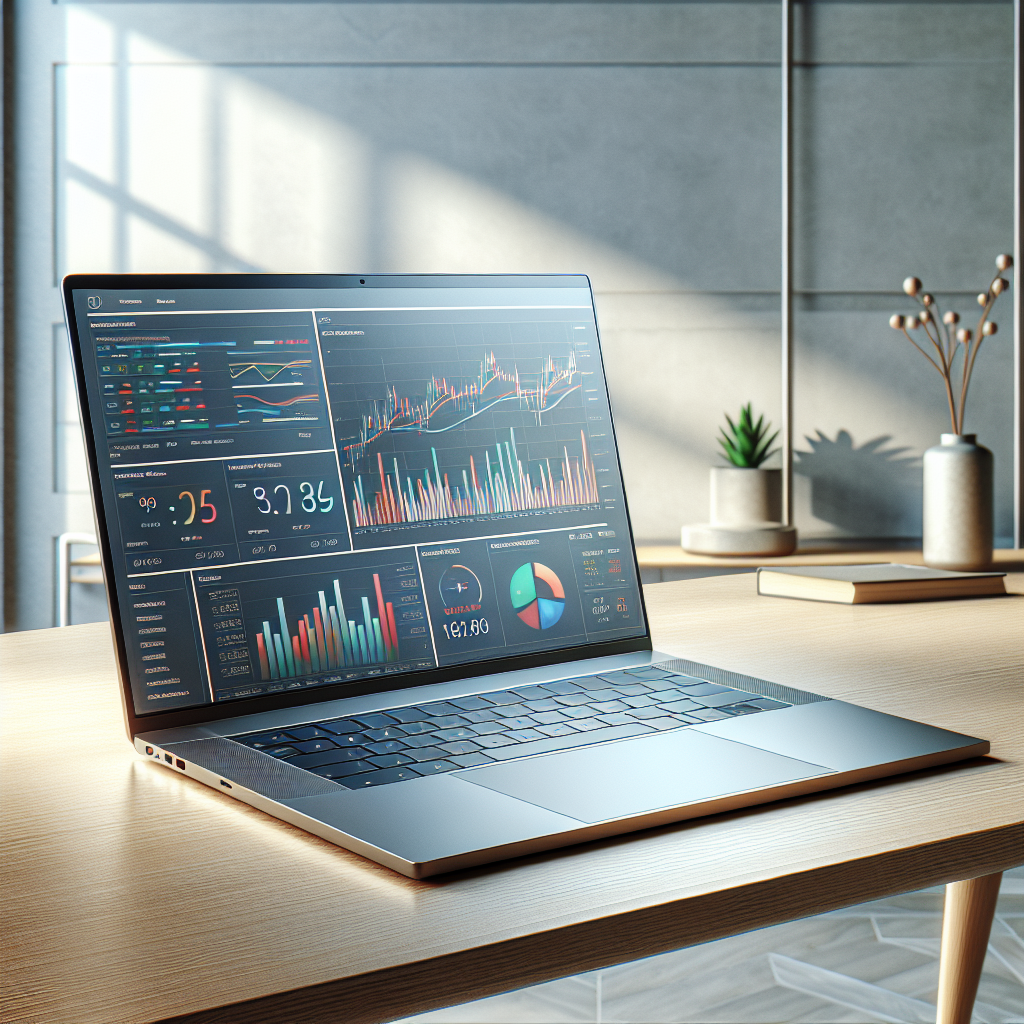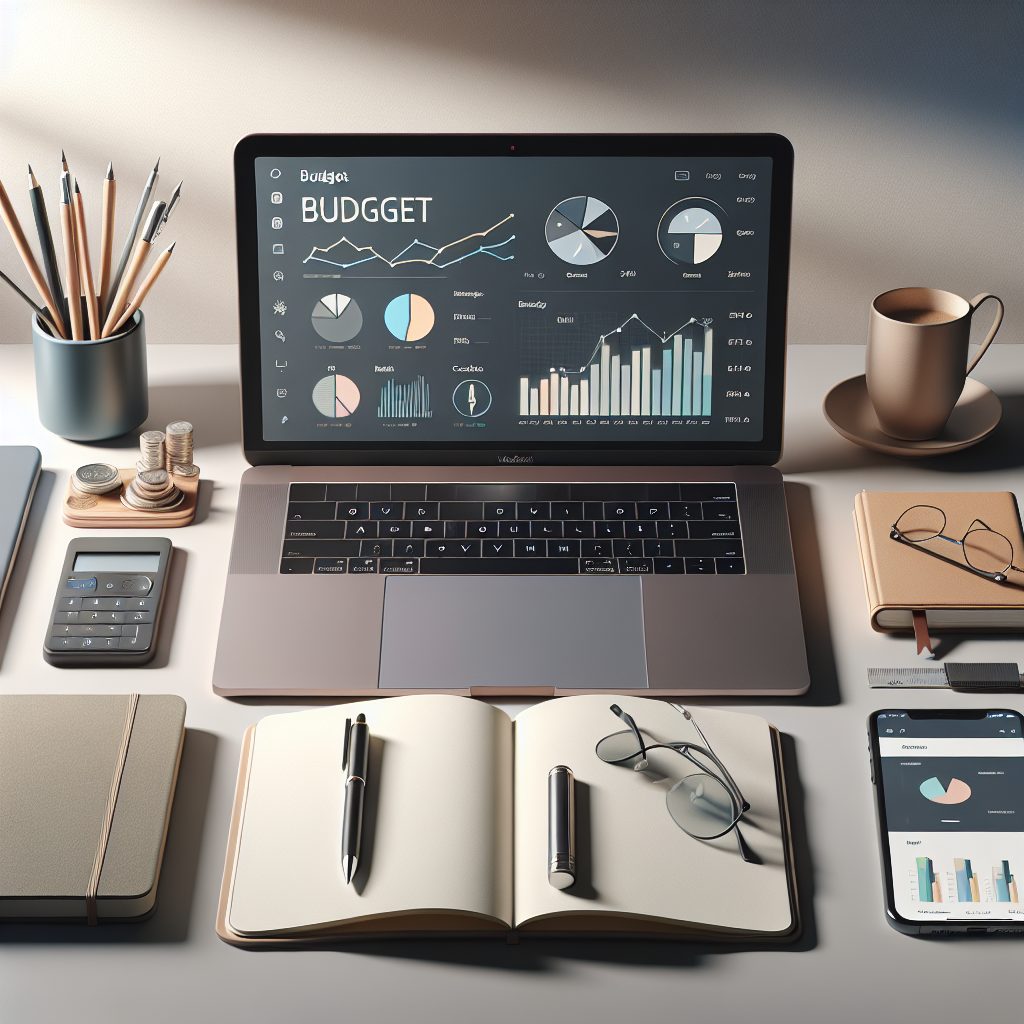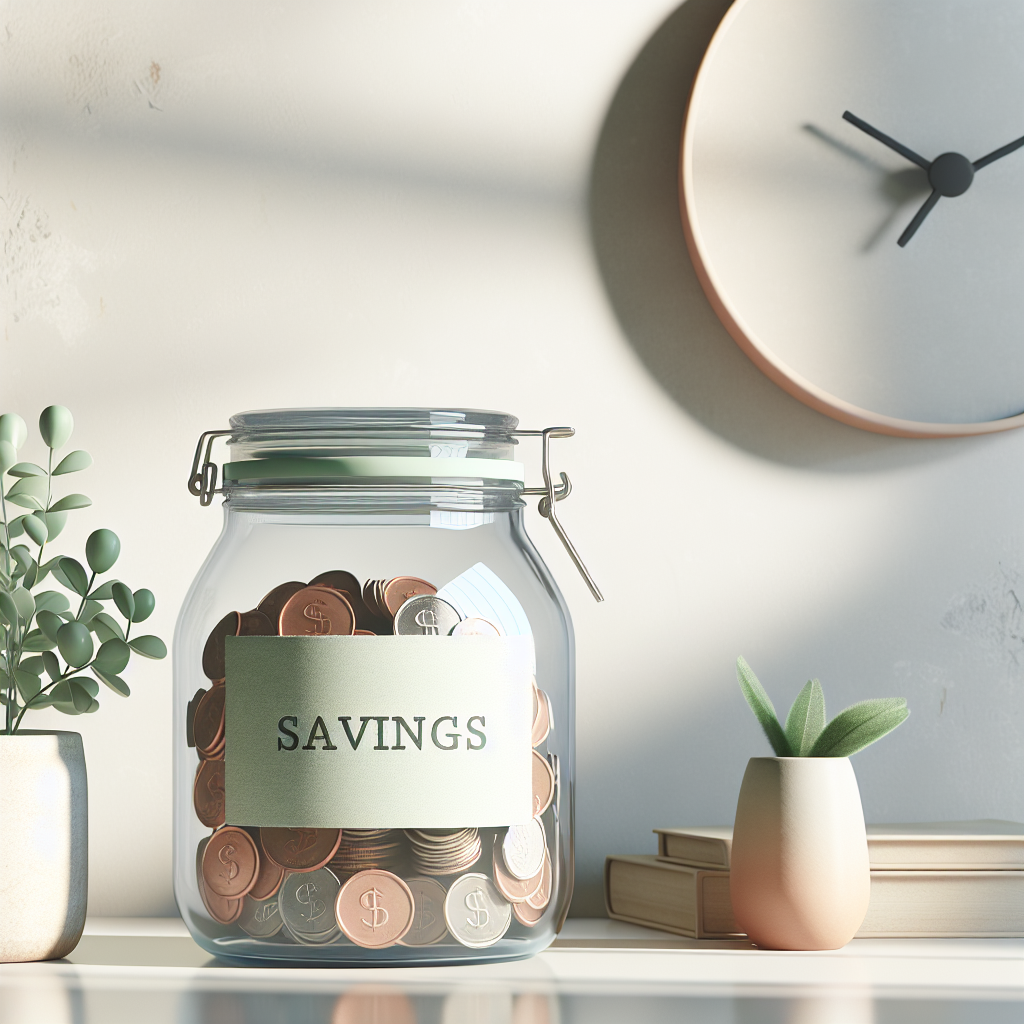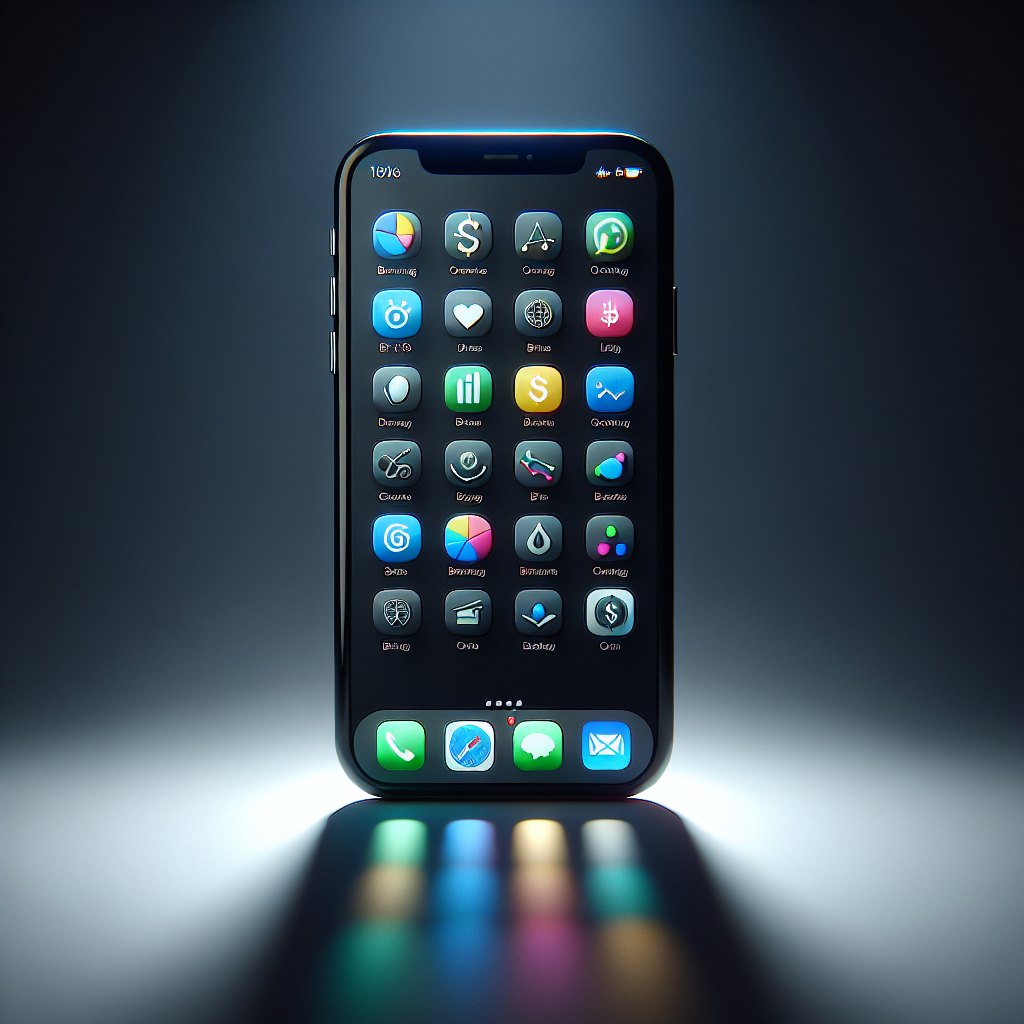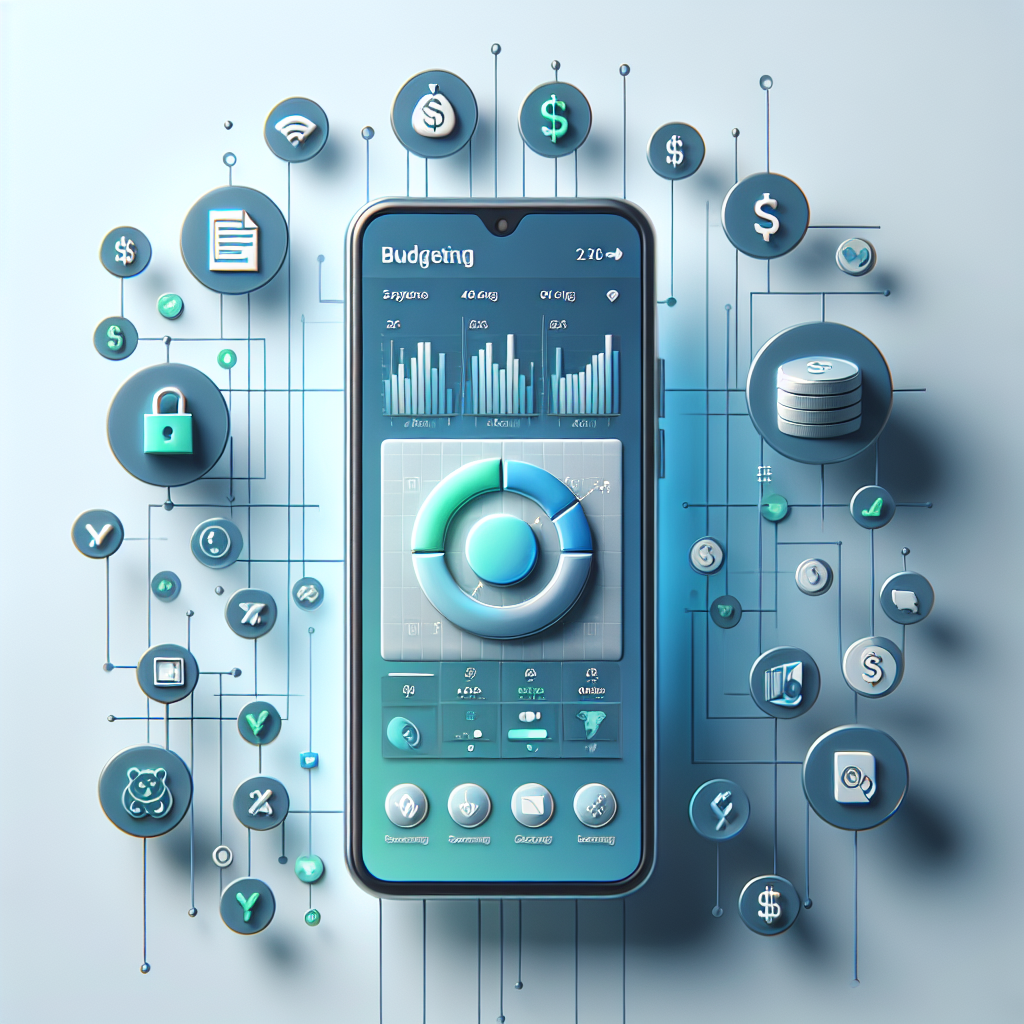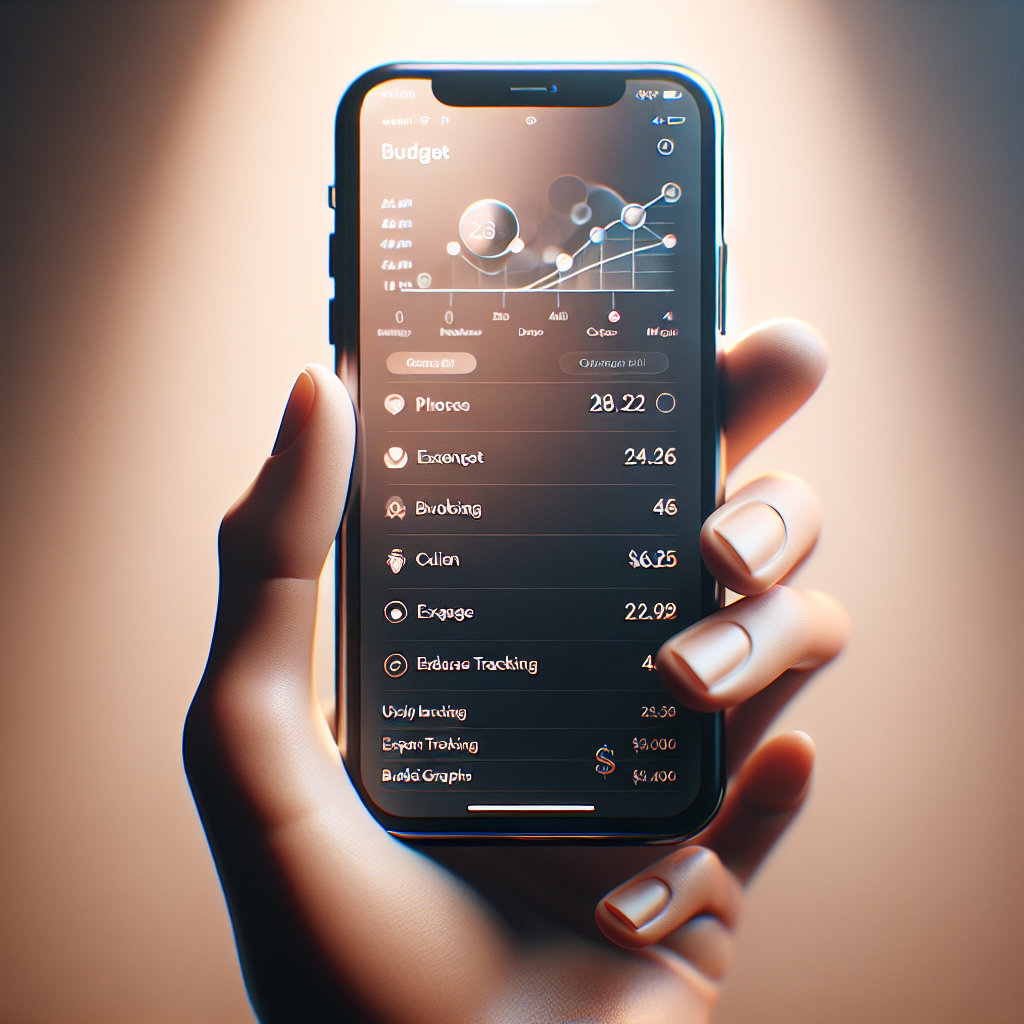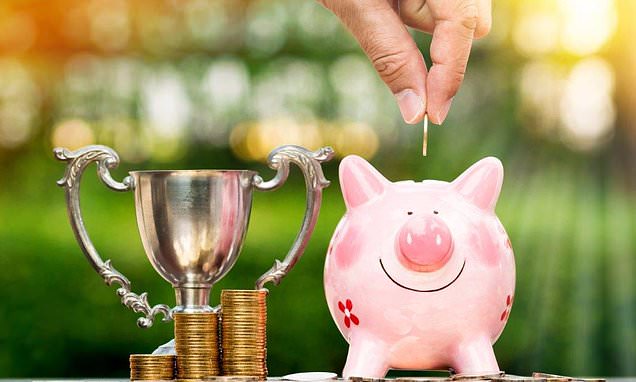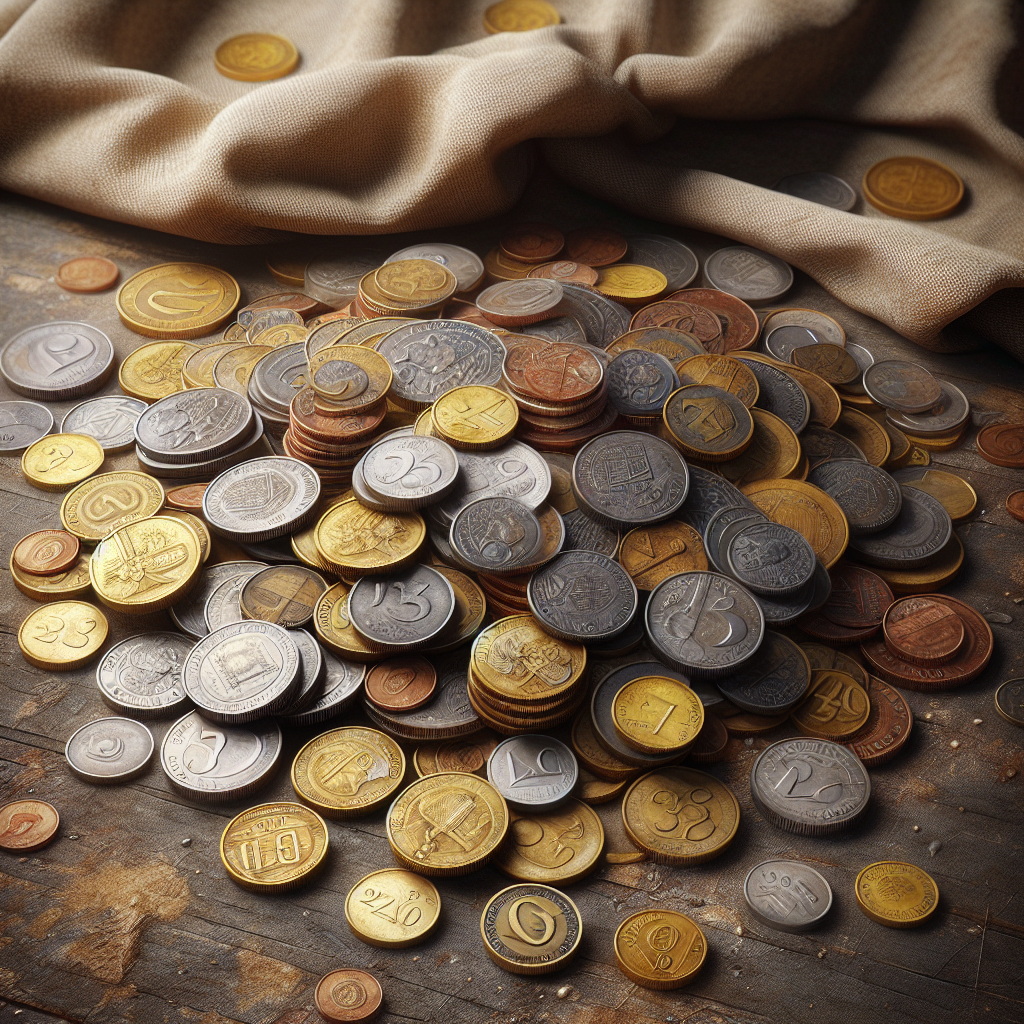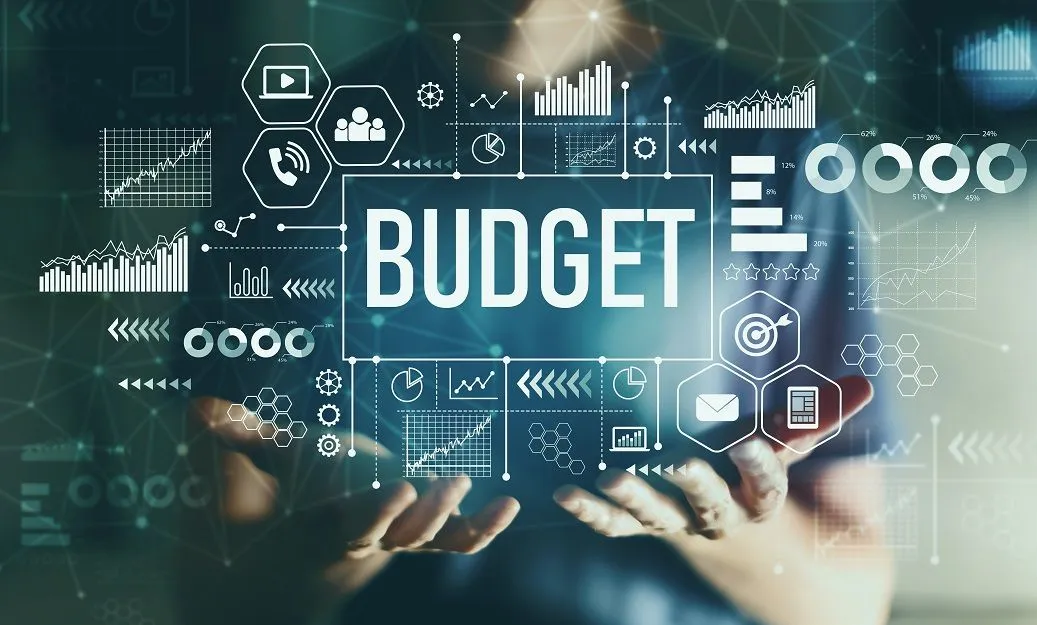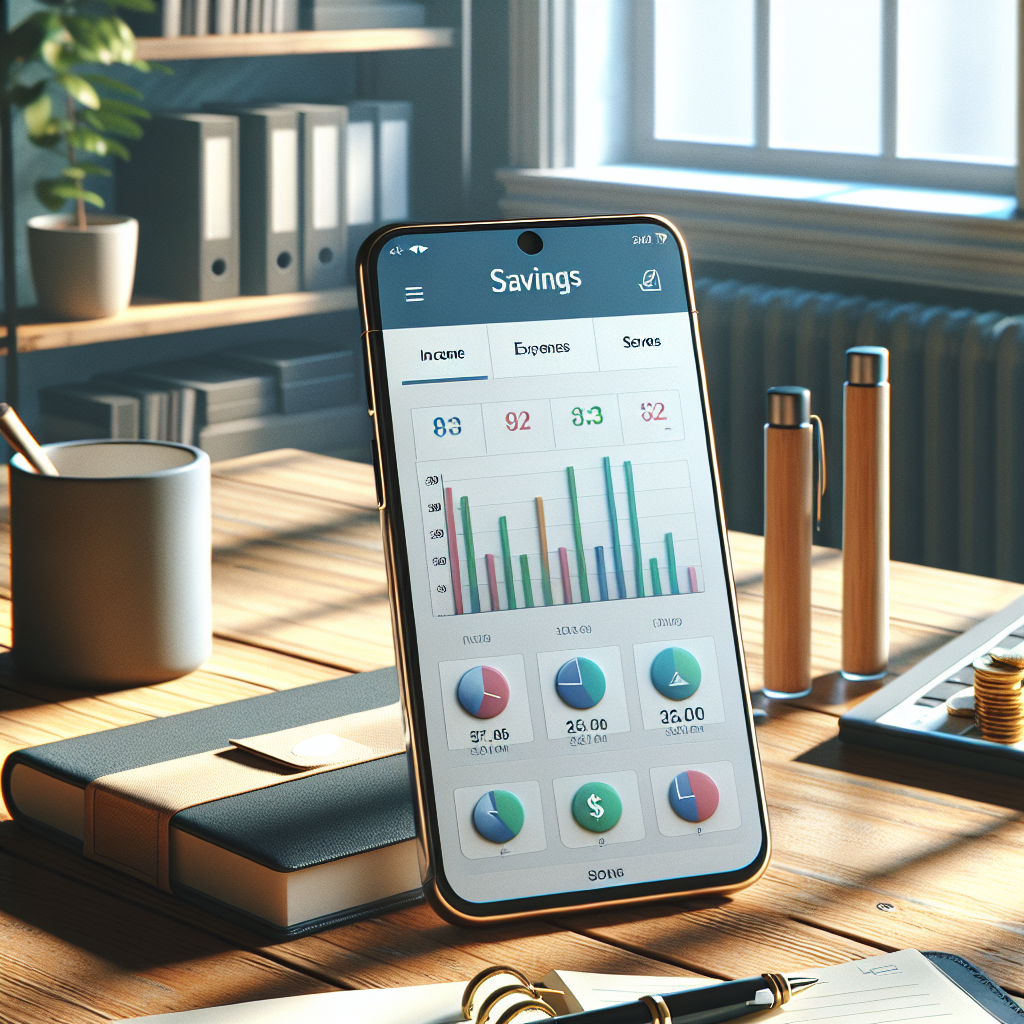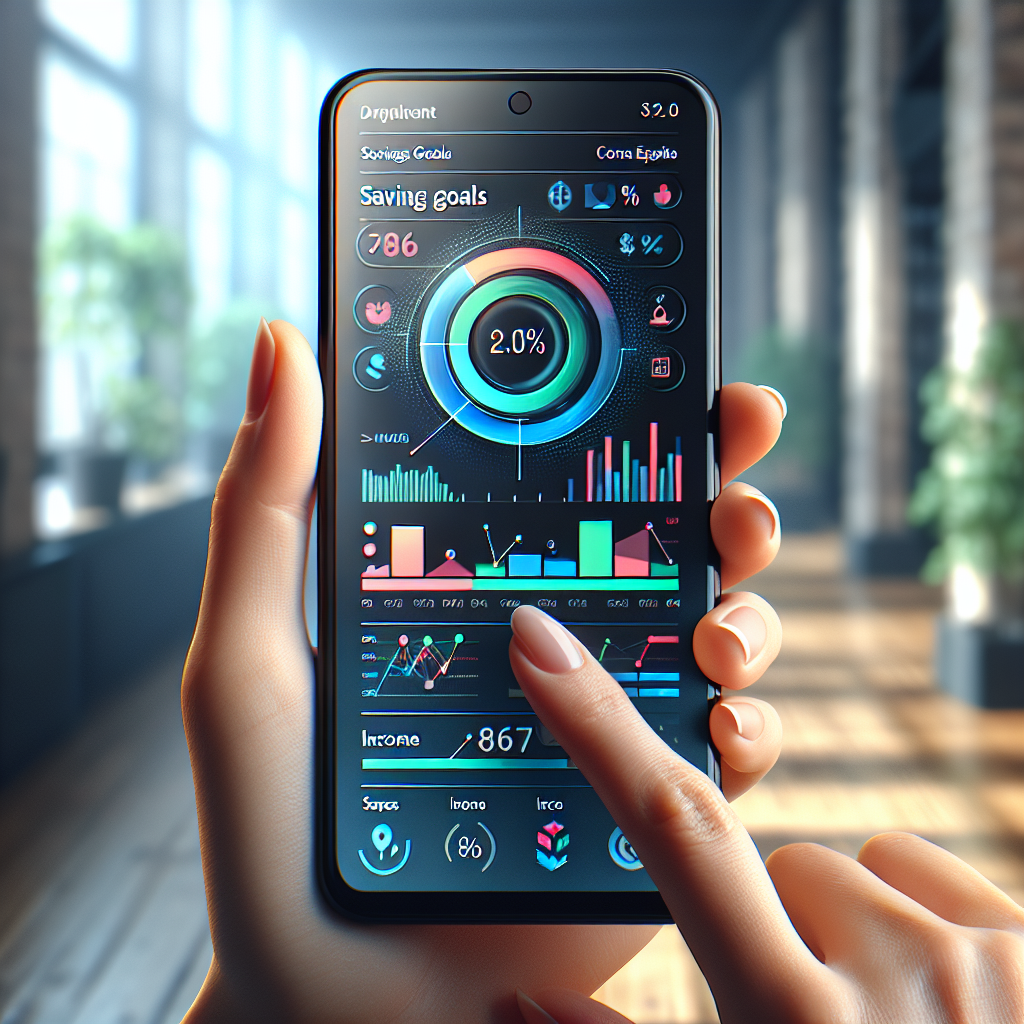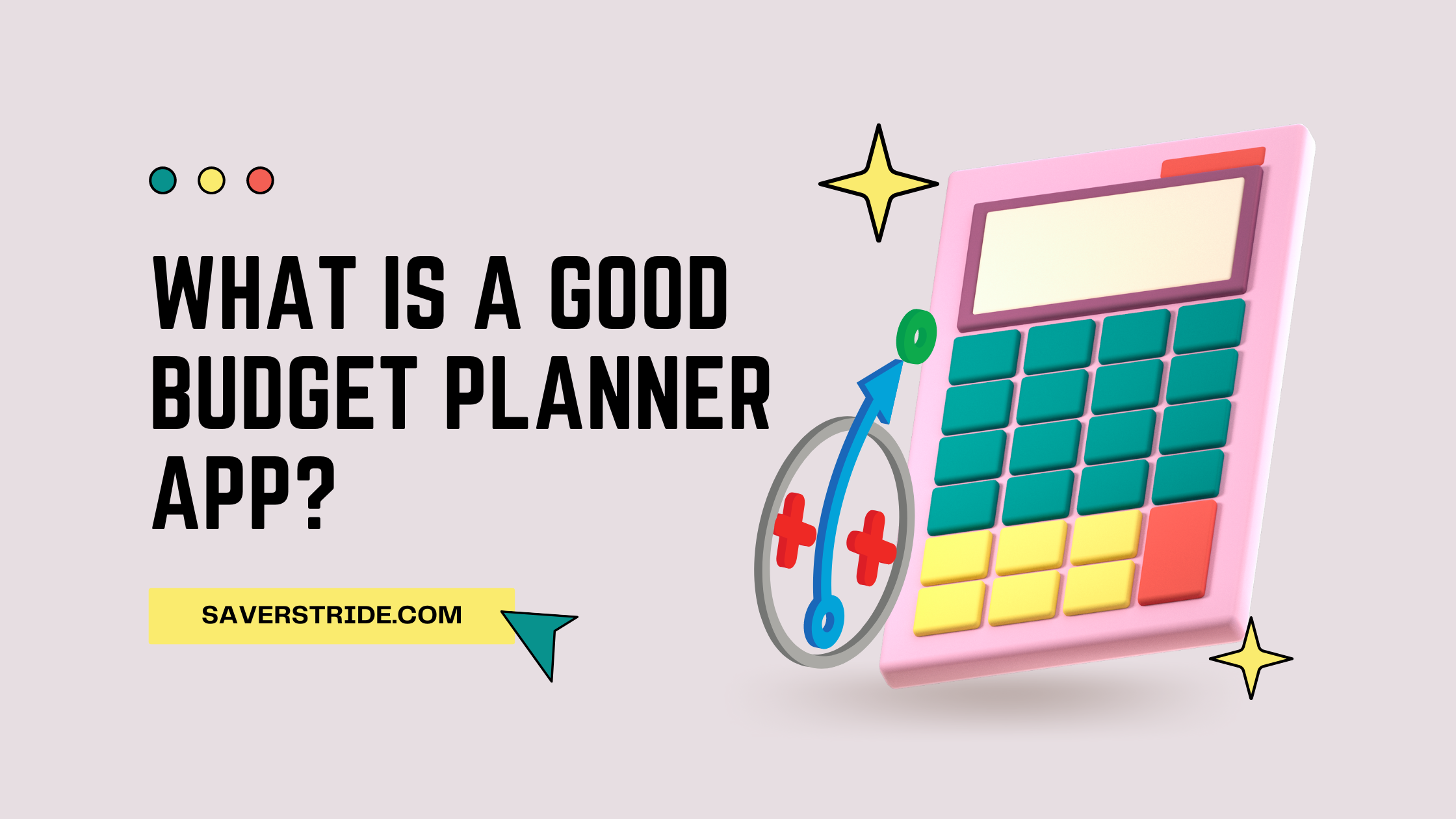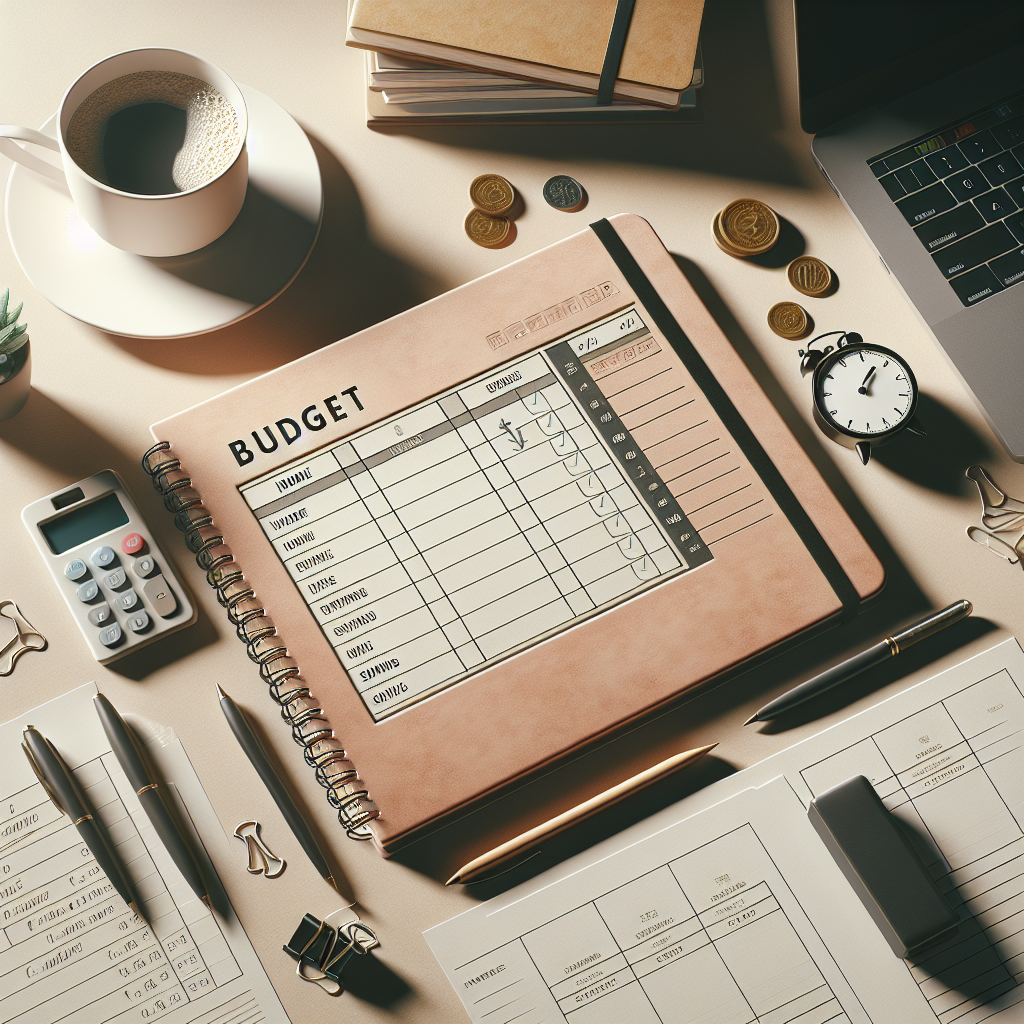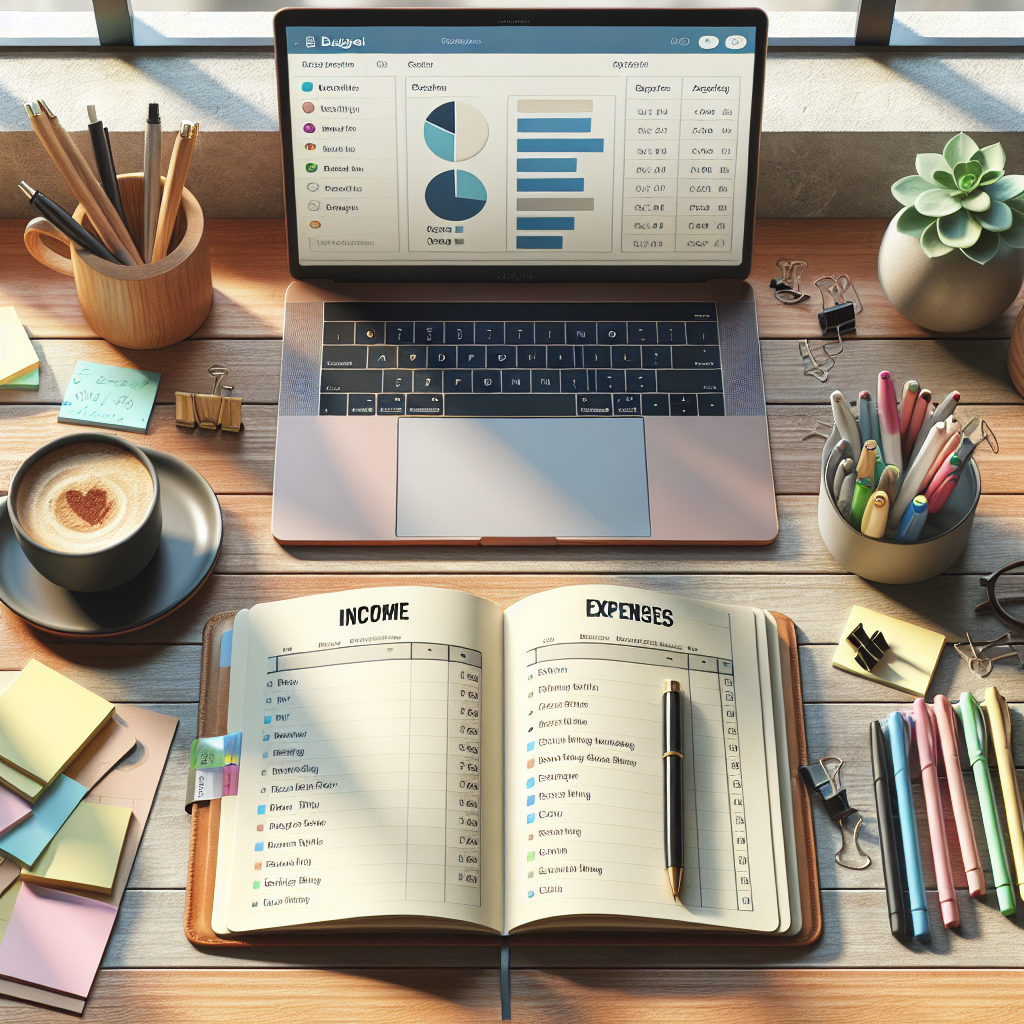In an increasingly digital world, managing personal finances has become more accessible and efficient, thanks in large part to budgeting apps. These applications serve as powerful tools that help individuals track their income, expenses, and savings goals, all from the convenience of their smartphones or computers. The rise of budgeting apps reflects a broader trend toward financial literacy and empowerment, enabling users to take control of their financial futures.
With a plethora of options available, these apps cater to various needs, whether one is looking to simply track spending or develop a comprehensive financial plan. The appeal of budgeting apps lies in their ability to simplify complex financial data into digestible insights. Many of these applications offer features such as real-time expense tracking, customizable budgets, and visual representations of spending habits.
This not only aids in understanding where money is going but also encourages users to make informed decisions about their finances. As more people seek to improve their financial health, the demand for effective budgeting tools continues to grow, making it essential to explore the best options available on the market.
Key Takeaways
- Budgeting apps are digital tools designed to help individuals manage their finances, track expenses, and set financial goals.
- When choosing the best budgeting app, consider factors such as user interface, compatibility with other financial accounts, security features, and cost.
- Reddit users’ top picks for budgeting apps include Mint, YNAB (You Need a Budget), and Personal Capital for their user-friendly interfaces and comprehensive financial tracking features.
- Pros of recommended budgeting apps include easy-to-use interfaces, customizable budget categories, and the ability to sync with bank accounts, while cons may include potential security risks and limited customer support.
- Recommended budgeting apps offer features such as expense tracking, goal setting, bill reminders, and investment tracking to help users gain better control over their finances.
- User reviews and experiences with recommended budgeting apps highlight the effectiveness of these tools in helping individuals save money, reduce debt, and gain a clearer understanding of their financial habits.
- Tips for getting the most out of budgeting apps include setting realistic financial goals, regularly reviewing and adjusting budgets, and taking advantage of the app’s educational resources and tools.
- In conclusion, Mint, YNAB, and Personal Capital are highly recommended budgeting apps for their user-friendly interfaces, comprehensive features, and positive user experiences.
Criteria for Choosing the Best Budgeting Apps
User-Friendly Interface
A user-friendly interface is crucial for a budgeting app. An intuitive design allows you to navigate the app easily, making it more likely that you’ll engage with it regularly. A steep learning curve can deter you from utilizing the app effectively, so simplicity in design and functionality is vital.
Range of Features
The range of features offered by the app is another important consideration. Some users may require basic expense tracking, while others might benefit from advanced functionalities such as investment tracking or bill reminders. The app should provide the features that cater to your specific financial needs.
Integration, Security, and Cost
Additionally, integration capabilities with bank accounts and credit cards can streamline the budgeting process by automating data entry and providing real-time updates on spending. Security is also a significant consideration; you must feel confident that your financial information is protected from unauthorized access. Lastly, cost can be a deciding factor; while many apps offer free versions, premium features often come at a price that should be weighed against the potential benefits.
Reddit Users’ Top Picks for Budgeting Apps

Reddit has become a popular platform for discussions about personal finance, with users frequently sharing their experiences and recommendations regarding budgeting apps. Among the most frequently mentioned apps are Mint, YNAB (You Need A Budget), and PocketGuard. Each of these applications has garnered a loyal following due to its unique features and user-friendly design.
Mint is often praised for its comprehensive approach to budgeting. It allows users to link multiple bank accounts and credit cards, providing a holistic view of their financial situation. YNAB, on the other hand, has gained traction for its proactive budgeting philosophy, encouraging users to allocate every dollar they earn toward specific expenses or savings goals.
PocketGuard appeals to those who prefer simplicity; it focuses on showing users how much disposable income they have after accounting for bills, goals, and necessities. These recommendations reflect a diverse range of preferences among Reddit users, highlighting the importance of finding an app that aligns with individual financial habits.
Pros and Cons of the Recommended Budgeting Apps
| App | Pros | Cons |
|---|---|---|
| YNAB (You Need a Budget) | Effective budgeting tools, goal tracking, educational resources | Subscription fee, learning curve for new users |
| Mint | Free to use, automatic transaction categorization, credit score monitoring | Ads, less customizable compared to other apps |
| EveryDollar | User-friendly interface, zero-based budgeting approach | Cost for premium features, limited investment tracking |
Each budgeting app comes with its own set of advantages and disadvantages that can significantly impact user experience. Mint’s primary strength lies in its comprehensive features and ease of use. Users appreciate its ability to aggregate financial data from various accounts into one platform, making it easier to track spending patterns over time.
However, some users have expressed concerns about the app’s reliance on advertisements and promotional offers, which can detract from the overall user experience. YNAB is lauded for its educational approach to budgeting, teaching users how to prioritize their spending effectively. The app’s unique methodology encourages users to “give every dollar a job,” fostering a sense of accountability and discipline in financial management.
Nevertheless, YNAB does come with a subscription fee after a free trial period, which may deter some potential users who are looking for free alternatives. PocketGuard’s simplicity is one of its main selling points; it provides a straightforward overview of available funds without overwhelming users with excessive data. However, this simplicity can also be seen as a limitation for those who desire more detailed insights into their spending habits or advanced budgeting features.
Each app’s pros and cons must be carefully weighed against personal preferences and financial goals.
Features and Functionality of the Recommended Budgeting Apps
The features and functionality of budgeting apps play a crucial role in determining their effectiveness for users. Mint offers a robust suite of tools that includes budget creation, expense tracking, bill reminders, and credit score monitoring. Its ability to categorize transactions automatically helps users identify spending trends and areas where they can cut back.
Additionally, Mint provides personalized insights based on user behavior, which can be invaluable for those looking to improve their financial habits. YNAB stands out with its focus on proactive budgeting strategies. The app encourages users to plan ahead by allocating funds for upcoming expenses rather than simply tracking past spending.
YNAB’s goal-setting features allow users to set specific savings targets and monitor progress over time. Furthermore, the app offers educational resources through workshops and tutorials that help users develop better budgeting skills. PocketGuard simplifies the budgeting process by focusing on what users can spend after accounting for bills and savings goals.
Its “In My Pocket” feature provides a clear picture of disposable income, making it easier for users to make informed spending decisions in real-time. While it may lack some advanced features found in other apps, its straightforward approach appeals to those who prefer minimalism in financial management.
User Reviews and Experiences with the Recommended Budgeting Apps

User reviews provide valuable insights into the real-world experiences of individuals using budgeting apps. Mint has received praise for its comprehensive features and ease of use; many users appreciate the ability to see all their financial accounts in one place. However, some have reported issues with syncing bank accounts or experiencing occasional glitches within the app.
Despite these drawbacks, many find that Mint’s benefits outweigh its limitations. YNAB users often highlight the app’s educational aspect as a game-changer in their financial journeys. Many report significant improvements in their budgeting skills and overall financial health after adopting YNAB’s methodology.
However, some users have mentioned that the initial learning curve can be steep, particularly for those new to budgeting concepts. The subscription fee is also a common point of contention among potential users who are hesitant to commit financially without first experiencing the app’s benefits. PocketGuard has garnered positive feedback for its simplicity and effectiveness in helping users manage day-to-day spending.
Users appreciate its straightforward interface and quick access to information about available funds. However, some have expressed a desire for more advanced features that could provide deeper insights into spending habits over time.
Tips for Getting the Most Out of Budgeting Apps
To maximize the benefits of budgeting apps, users should adopt certain strategies that enhance their experience and effectiveness. First and foremost, regular engagement with the app is essential; setting aside time each week or month to review finances can help maintain awareness of spending patterns and progress toward goals. This consistent interaction fosters accountability and encourages users to stay committed to their budgeting efforts.
Another useful tip is to customize categories within the app according to personal spending habits. Many budgeting apps allow users to create specific categories tailored to their lifestyles—such as dining out, groceries, or entertainment—enabling more accurate tracking of expenses. Additionally, setting realistic goals can motivate users; whether it’s saving for a vacation or paying off debt, having clear objectives can provide direction and purpose in budgeting efforts.
Utilizing alerts and notifications can also enhance the effectiveness of budgeting apps. Many applications offer reminders for upcoming bills or alerts when spending exceeds set limits in specific categories. These features serve as helpful nudges that keep users on track and prevent overspending.
Conclusion and Final Recommendations
In navigating the world of personal finance management through budgeting apps, individuals have access to an array of tools designed to simplify their financial lives. The choice of which app to use ultimately depends on personal preferences regarding features, usability, and cost considerations. Mint stands out for its comprehensive capabilities; YNAB excels in teaching proactive budgeting strategies; while PocketGuard appeals to those seeking simplicity.
As individuals embark on their financial journeys armed with these tools, it is essential to remain engaged with the chosen app and adapt strategies that align with personal goals. By leveraging the strengths of these recommended budgeting apps while being mindful of their limitations, users can cultivate healthier financial habits that pave the way toward achieving long-term financial stability and success.
If you’re looking for tips on how to make the most of budgeting apps on Reddit, you should check out this article on Valapoint. It offers valuable insights and advice on how to effectively track your budget using various apps. Additionally, if you’re in need of a budget planner app recommendation, you can also read this article on Valapoint. Another great option to consider is the Goodbudget app, which is discussed in detail in this article on Valapoint.

